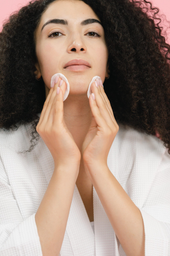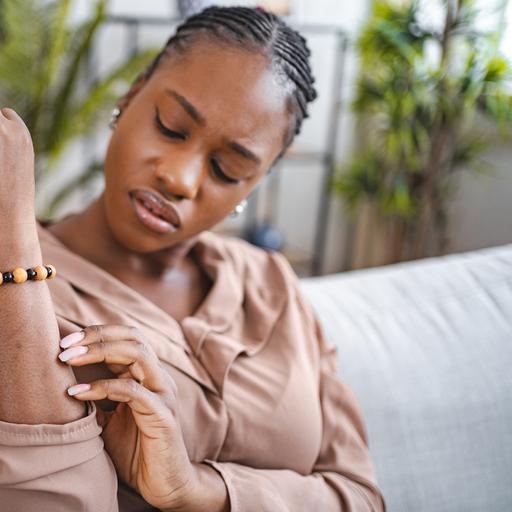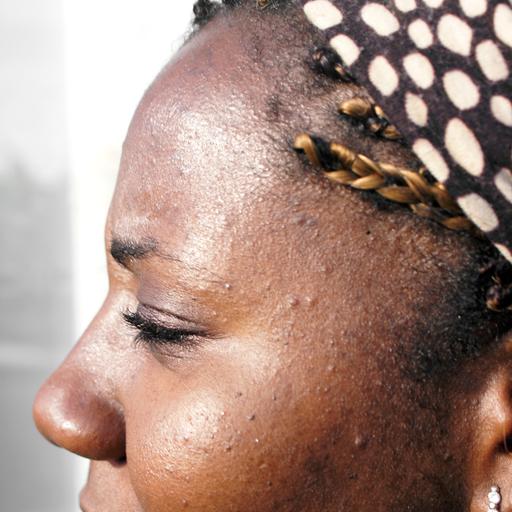Types of Hyperpigmentation, Symptoms, and Who it Affects

Have you ever noticed spots or patches on skin that are a different shade than other areas? Often times we reference this as hyperpigmentation, which can be used to describe an area of the skin that is darker than the surrounding skin. This can be due to something benign, like a mole, or something malignant, like skin cancer. Benign skin conditions can include moles, birthmarks, skin infections, drug induced rashes/spots, post inflammatory hyperpigmentation that can result from trauma, an old acne spot, melasma and more. Malignant skin conditions can include melanoma and pigmented Basal Cell Carcinoma.
What does this mean for you? If something hyperpigmented on your skin is worsening, I would advise you to see a board-certified dermatologist. Furthermore, I would practice good skin care, which includes daily sunscreen use, especially on the face, neck, chest, and hands. These are common areas where patients come in seeking laser and cosmetic help for sun damage. Many people think that patients with darker skin types do not need daily sunscreen. However, that’s not the case – we all do!
We know that the sun eats up our collagen, which you can see in the searchable “truck driver skin” reference. We also know that many of us do not wear enough sunscreen in our day-to-day. As a dermatologist I cannot stress enough the importance of wearing sunscreen daily but remember – wearing sunscreen does NOT mean that your skin will not tan or darken when in the sun. Using extra protection like wearing a hat and seeking shade when outdoors, particularly if you are worried about hyperpigmentation, is key. These practices are also necessary post procedures, such as after surgery or laser treatments. If you have a benign skin condition that appears hyperpigmented, regardless of the location, you want to ensure that there is minimal contact with the sun as it will only darken the area.
Typically, hyperpigmentation in and of itself is NOT symptomatic. However, if it is due to a skin infection, it may be itchy or painful. If the cause is pigmented Basal Cell Carcinoma (skin cancer), it can bleed, enlarge, and crust. Just because something is not symptomatic, does not necessarily mean it cannot be concerning, so always check with your dermatologist. If you’re in need of finding a provider, utilize Vaseline x HUED’s directory of dermatologists and practitioners to meet with a medical expert who understands the care that your skin needs.
Next up, let’s address another common concern I encounter with my patients daily. One is post inflammatory hyperpigmentation from acne, an old rash, post-surgical scars, or any other procedure that created temporary inflammation. For these patients, I review good skin care and treatment options using medications that help even out the skin tone. These can come with side effects, so it is prudent to inform your dermatologist of what medications you have tried as well as the concentrations of each. Those steps are advised to ensure efforts are not duplicated and can be treated most efficiently. Many times, patients are eager to start laser treatment to lighten spots quickly. We have many laser options available, but one must remember that being aggressive with laser treatment, (which causes inflammation), can exacerbate the hyperpigmentation. Our skin is the extremely delicate and takes time to heal, so it’s always worth remembering that results will are not immediate. Due to the sensitivity of our skin, I often use a synergistic approach using all the tools we have available, like medications, lasers, and comprehensive skin care, to optimize our time and effort.
Hyperpigmentation can affect anyone, regardless of skin color. Have you ever seen someone with a scratch that healed and left a brown spot? That is hyperpigmentation. Or an acne lesion that has gone away but left a brown spot? This is another example of hyperpigmentation. Being in the sun will darken the pigment in the skin, so be aware of that! For additional ways to receive Vitamin D beyond that sunshine, try out foods and supplements fortified with the necessary Vitamin D. In the meantime, when you are outside, make sure you spend time in the sun safely.


